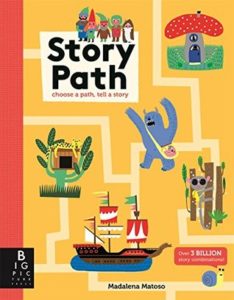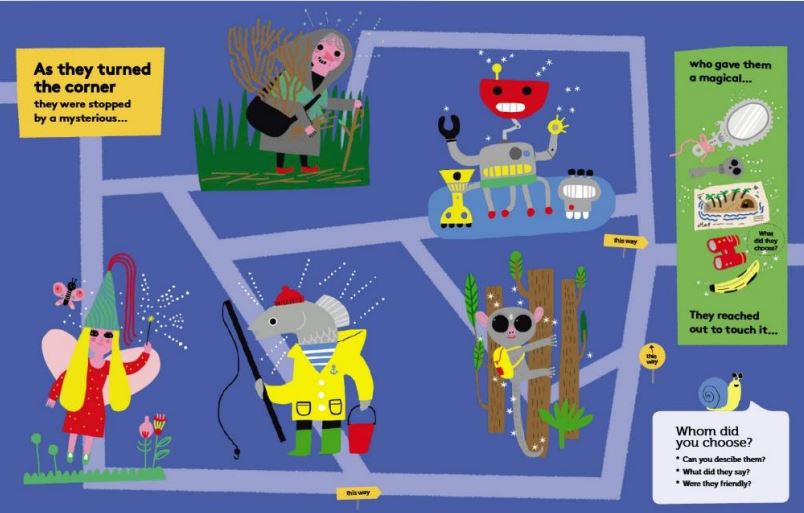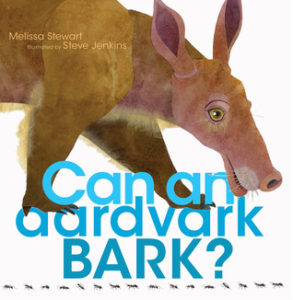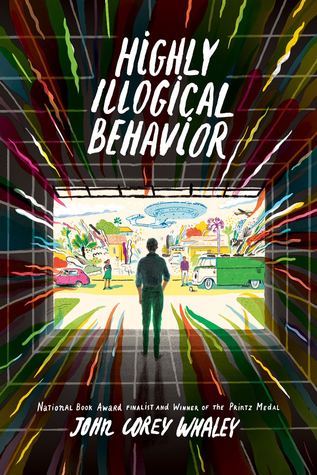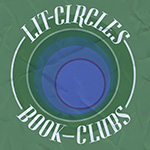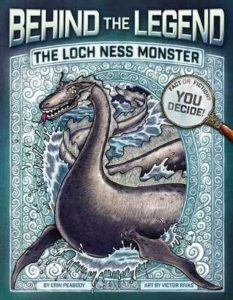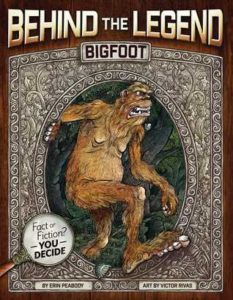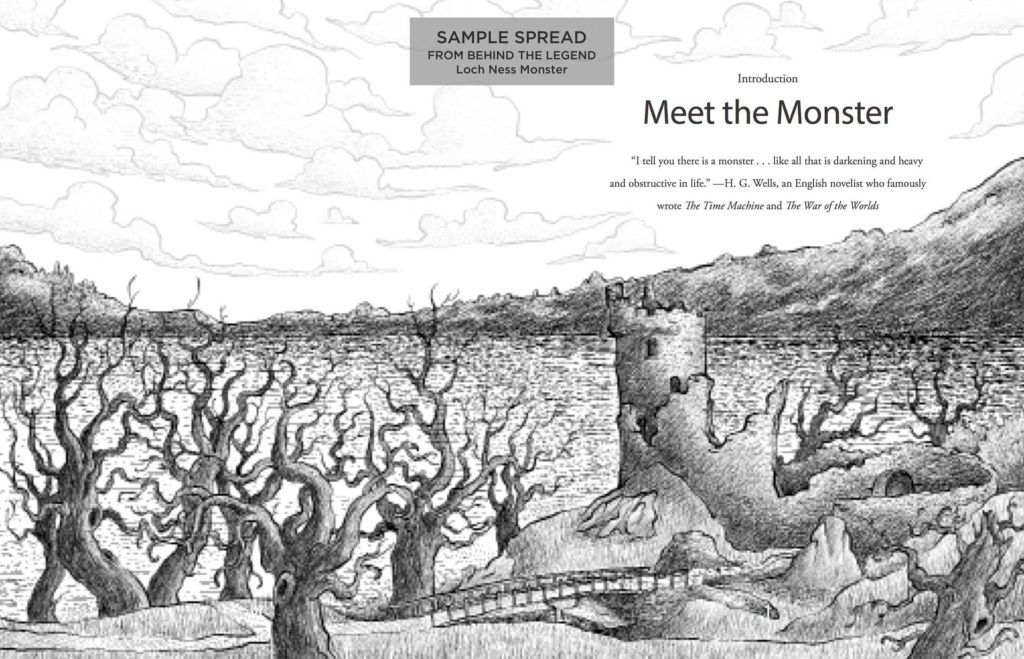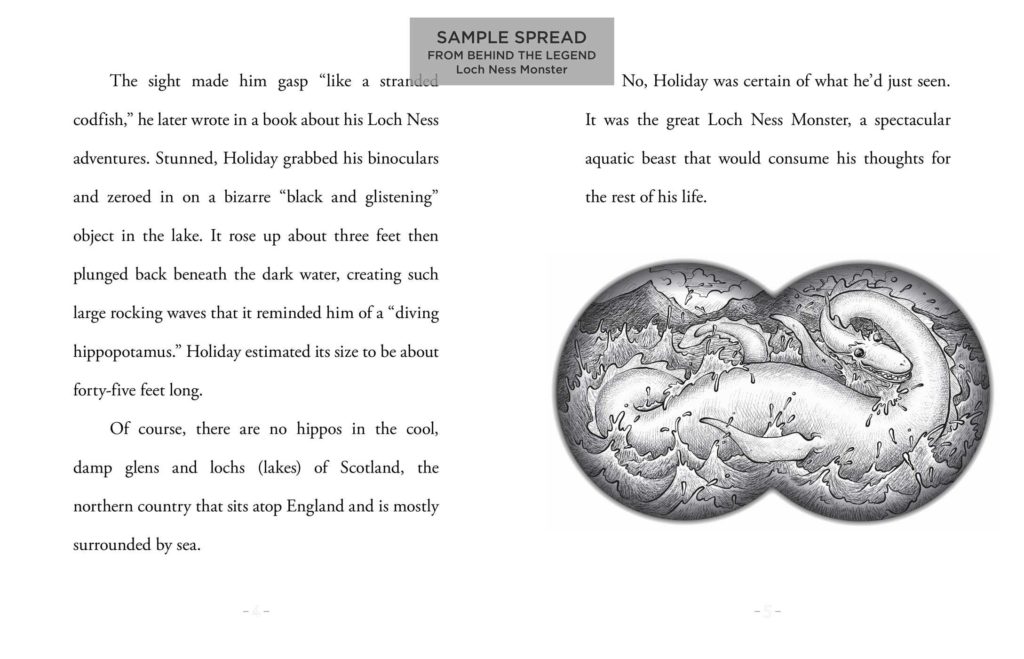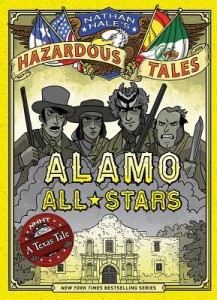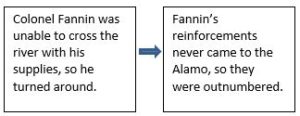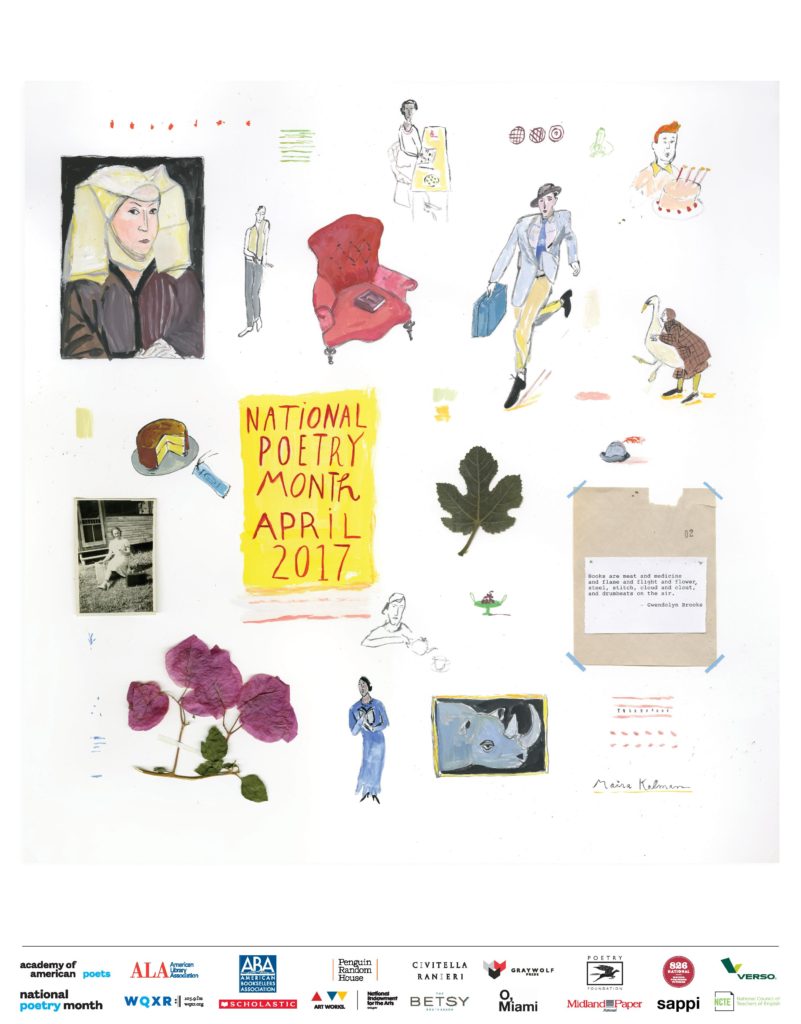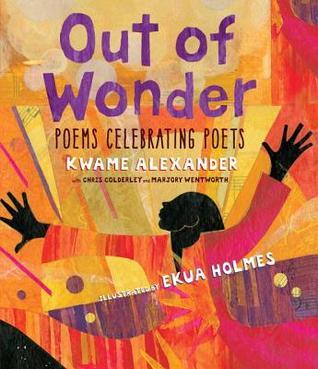
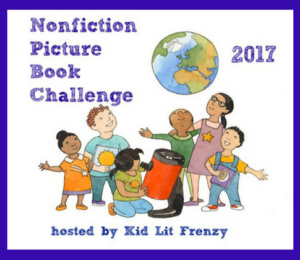
Nonfiction Wednesday
Nonfiction Picture Book Wednesday is hosted by Kid Lit Frenzy and was started to help promote the reading of nonfiction texts. Most Wednesdays, we will be participating and will review a nonfiction text (though it may not always be a picture book).
Be sure to visit Kid Lit Frenzy and see what other nonfiction books are shared this week!
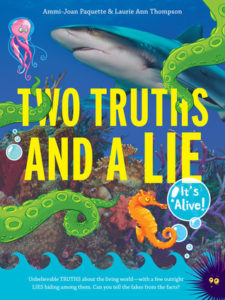
Two Truths and a Lie: It’s Alive!
Author: Ammi-Joan Paquette & Laurie Ann Thompson
Published June 27th, 2017 by Walden Pond Press
Summary: Two Truths and a Lie is the first book in a fascinating new series that presents some of the most crazy-but-true stories about the living world as well as a handful of stories that are too crazy to be true—and asks readers to separate facts from the fakes!
Did you know that there is a fungus that can control the mind of an ant and make it do its bidding? Would you believe there is such a thing as a corpse flower—a ten-foot-tall plant with a blossom that smells like a zombie? How about a species of octopus that doesn’t live in water but rather lurks in trees in the Pacific Northwest?
Every story in this book is strange and astounding. But not all of them are real. Just like the old game in this book’s title, two out of every three stories are completely true and one is an outright lie. Can you guess which? It’s not going to be easy. Some false stories are based on truth, and some of the true stories are just plain unbelievable. And they’re all accompanied by dozens of photos, maps, and illustrations. Amaze yourself and trick your friends as you sort out the fakes from the facts!
Acclaimed authors Ammi-Joan Paquette and Laurie Ann Thompson have teamed up to create a series of sneaky stories about the natural world designed to amaze, disgust, and occasionally bamboozle you.
About the Authors:


Ammi-Joan Paquette has traveled to twenty-four countries, has the ability to wake herself up at a given time without an alarm clock, and once climbed Mt. Everest. (Not all of these are true!) Joan is the author of the novels Rules for Ghosting, Paradox, and Nowhere Girl, as well as the picture books Petey and Pru and the Hullabaloo, Ghost in the House, The Tiptoe Guide to Tracking Mermaids, and The Tiptoes Guide to Tracking Fairies. She lives outside Boston, Massachusetts, where she balances her own writing and her day job as a literary agent. You can visit her online at www.ajpaquette.com.
Laurie Ann Thompson has ridden a pig, gotten stuck in an elevator overnight, and jumped out of a perfectly good airplane. (One of these facts is not true; can you guess which?) She is the author of Be a Changemaker: How to Start Something That Matters, My Dog Is the Best, and Emmanuel’s Dream, a picture book biography about Emmanuel Ofosu Yeboah, which was the recipient of the Schneider Family Book Award and was named an ALA Notable Book, a CCBC Choice, and a Bank Street College Best Book of the Year, among dozens of other accolades. She lives outside Seattle with her family. You can visit her online at www.lauriethompson.com.
Review: Walden Pond, as far as I know, hasn’t published a nonfiction text other than the Guys Read: True Stories, and I can definitely see why this is one they chose to add to their publication catalog. One of the greatest educational obstacles right now is that students have access to such a wide variety of information, some that is anything but reliable and valid, so it is up to parents and educators to show how to filter through all of the information and check the validity of what they find. Paquette and Thompson’s Two Truths and a Lie take that to a fun level giving the reader three stories, all the seem as crazy yet possible, but it gives kids the opportunity to use the internet to research each story to determine what is the truth and what is the lie. But the book doesn’t seem like it is for teaching, though it would work perfectly in the classroom, because the stories are just so crazy and fun to read from zombie-making fungi to an unlikely chicken, the stories are just all so unbelievable!
Teachers’ Tools for Navigation: Like I shared above, these stories would be a perfect way to practice digital literacy and learn about reliable and valid sources.
A teaching guide is also available from the publisher here!
Discussion Questions: Which is a lie? Why do you think so? Where could you check to find out? Which of the true stories do you want to learn more about?
Flagged Passages: “Part 1: Preposterous Plans and Fungi–Crazy, Creepy, Cool
Ah, nature. A green meadow. Wind rustling through the leaves.
Mushrooms growing on the side of a fallen log. What could be more peaceful, more predictable, more ordinary?
To that we say: ha! The plants and fungus we spotlight in this section are full of surprises. They completely defy those common stereotypes and misconceptions
Intrigued? We hope so! Because once you’ve read these, going green will never mean quite the same thing…
A. Underground Miracle Root
B. Pandomonium
C. The Secret Lives of Plants.” Chapter 1, Part 1
Read This If You Love: Learning interesting and new facts about nature
Recommended For:
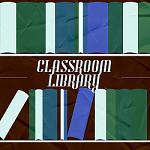
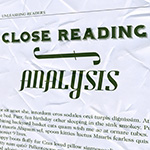
Follow the Blog Tour!
June 5th Librarian’s Quest
June 7th Flowering Minds
Pragmatic Mom
June 11th Geo Librarian
June 13th Smack Dab in the Middle
June 14th Bluestocking Thinking
June 15th Novel Novice
Library Lions Roar
June 16th Archimedes Notebook
June 18th Nerdy Book Club
June 19th Cracking the Cover
June 20th Writers Rumpus
The Hiding Spot
June 21st Maria’s Melange
June 23rd Unleashing Readers
June 24th This Kid Reviews Books
Enter the Giveaway!

